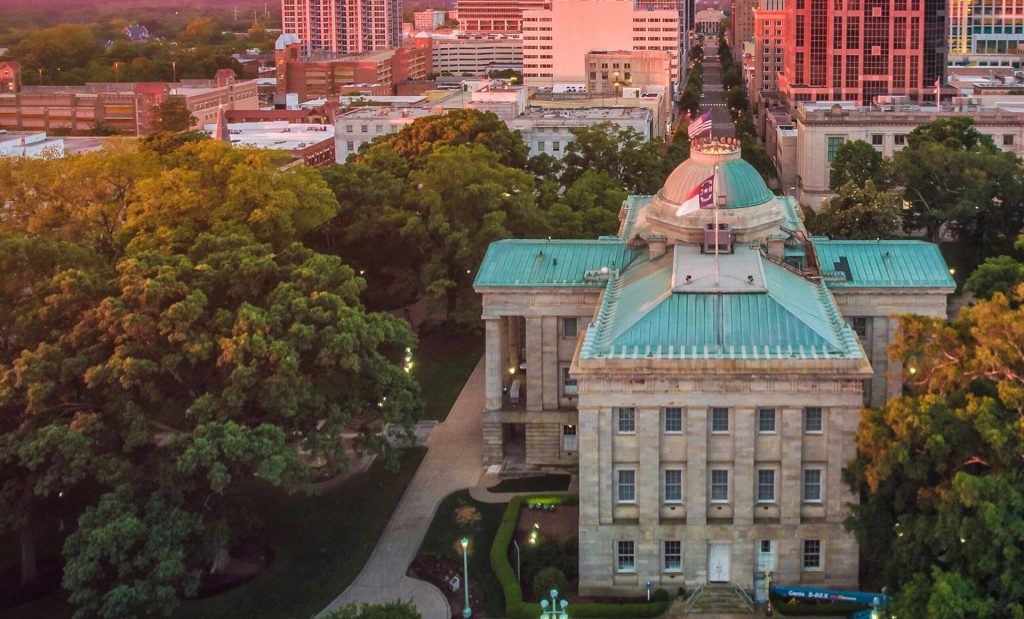As dangerously hot days grow more frequent in a warming America, the impacts are especially hard on urban neighborhoods of color, according to a new report from the conservation group American Forests. Urban heat islands are often five to seven degrees warmer during the day — and an even more dangerous 22 degrees warmer than surrounding neighborhoods during the night. That lack of a cooling-off time proves especially stressful on people who live in these neighborhoods.
As a way to help measure the disparate impacts of this environmental injustice on communities of color, the report sets out a way to measure an area’s tree equity score. It goes on to discuss measures to combat urban heat islands, including boosting tree coverage in impacted neighborhoods.




